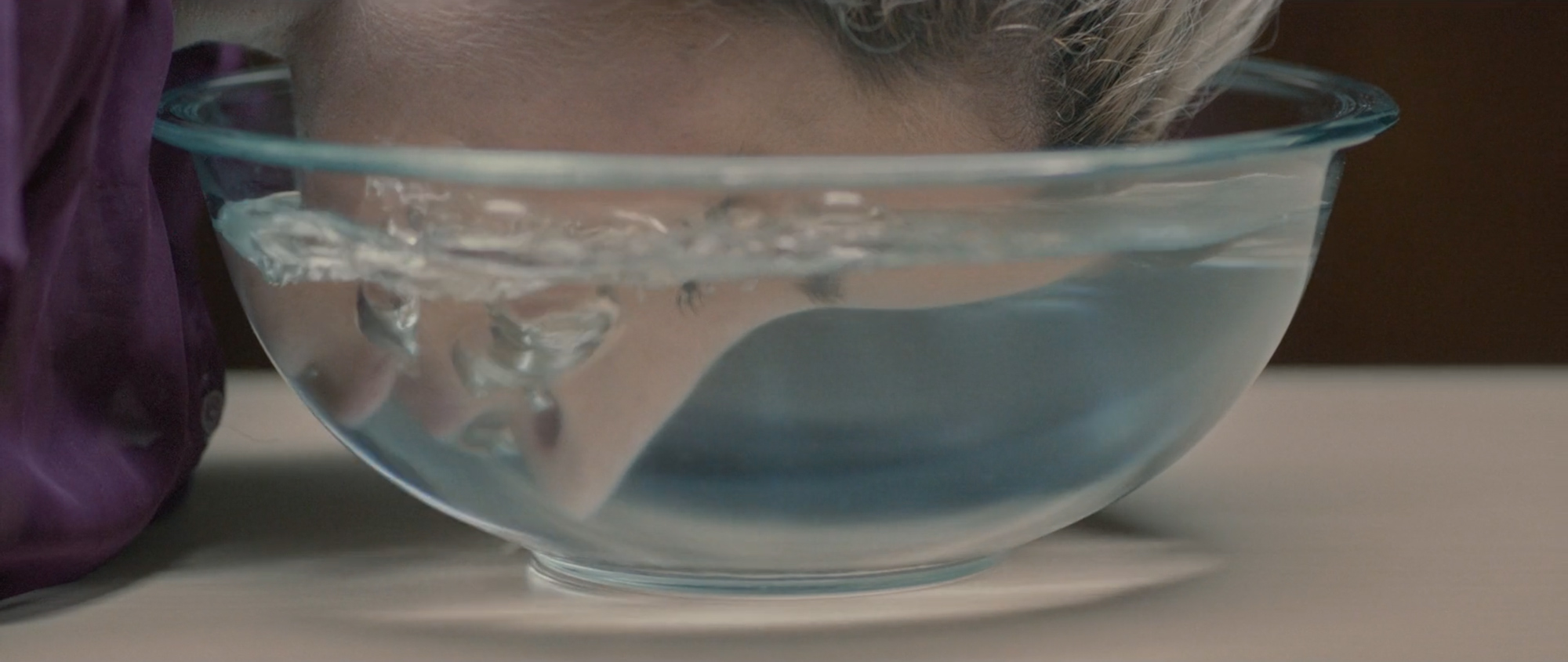
Using Charles Bukowski’s rich but morose poem as the source of inspiration (and title) for his new short, Spanish Director Adrián Suárez tells DN how he mined the sensorial aspects of the original verse for visual poem piece, Alone With Everybody.
What spurred you to create this visual poem?
I must say that I was inspired to create this project by Charles Bukowski’s poem, Alone With Everybody. Previously I had two similar experiences with the poems of Julio Cortázar and Bukowski which were finally satisfied in two short films. I am a lover of short format films and as poetry is a literary and conceptual genre that condenses many ideas into in a few words, it seems to me an ideal source from which to make a powerful and compact work.
Obviously I try to find poems with a direct language. Last time, I represented two poems with a plastic language – The Minute by Bukowski and Instructions for Singing by Cortázar – which was a finalist in the TIFFxInstagram Shorts Festival competition.
I decided to perform something very sensory, where the human body is sometimes treated as an object.
Among all the poems of Bukowski, I chose Alone With Everybody because it seems to me that it reflects a part of society. In general, his poems are very direct, with a fresh language free from any artifice. This was one of the reasons that made me feel inclined towards this poem and author.
How challenging was it to move this personal project through production?
The difficulty, or rather the challenge, was to achieve a compact, highly visual quality piece of work without production resources. In other words, the money came out of my pocket and from Demente, the Colombia production company where I work. This meant that everything took a long time because the search for every item was always delayed. The main problem was to gather the personal and technical team and adapt to the low budget we had, which meant all the talent and crew worked for free. There were times when it was impossible to gather everyone at the same time or even when we had a location selected, something would go wrong for some reason.

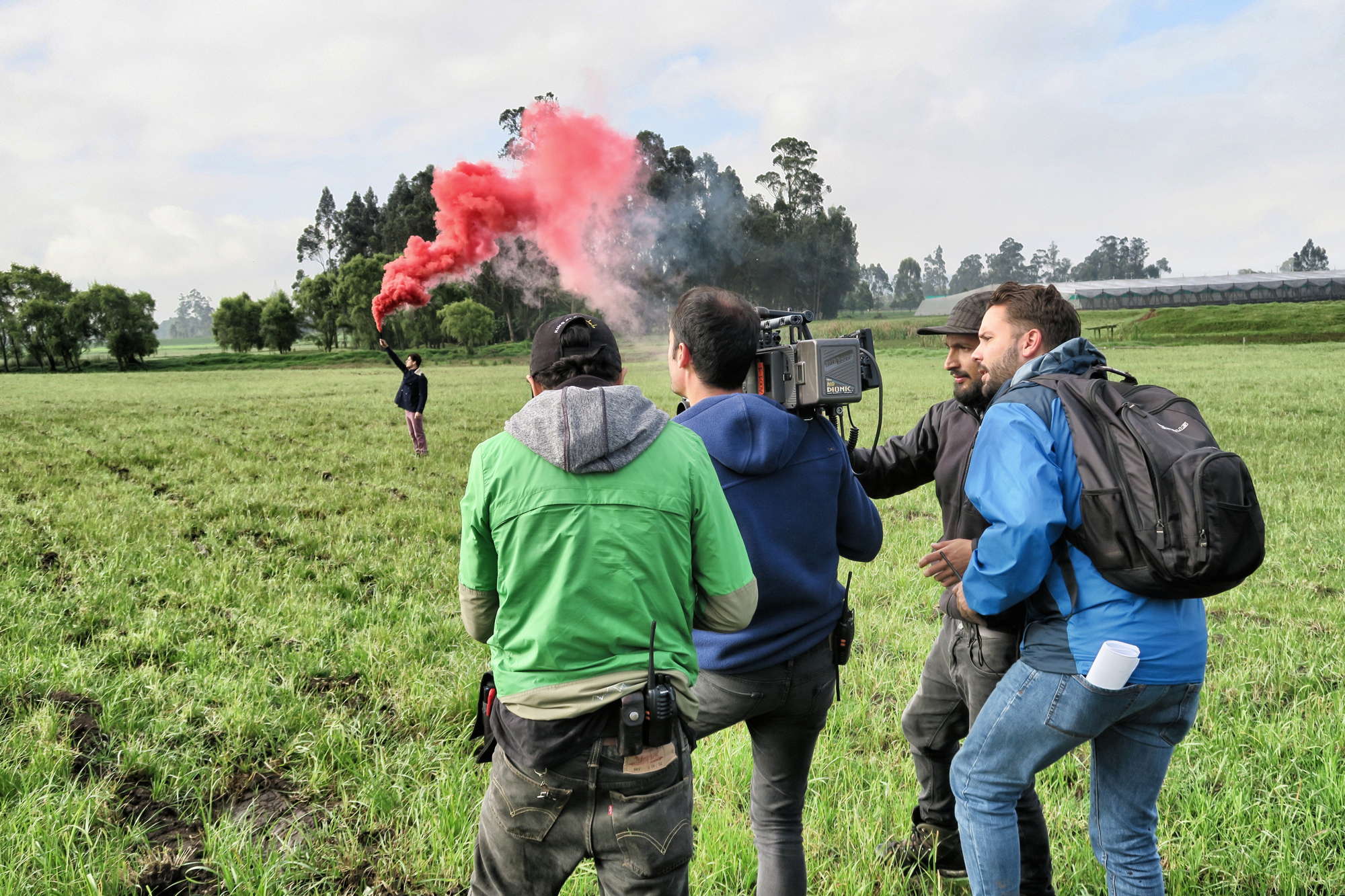




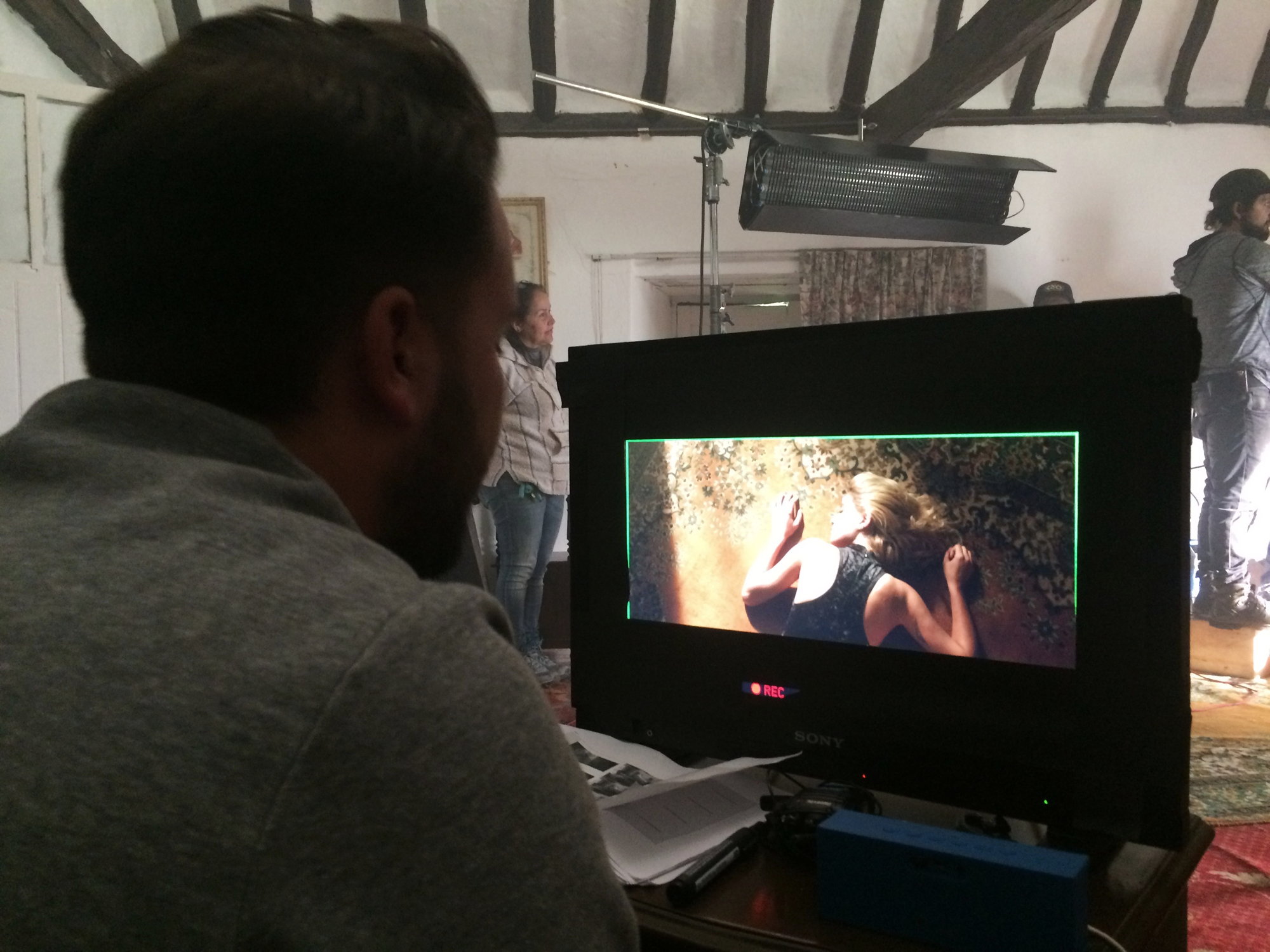
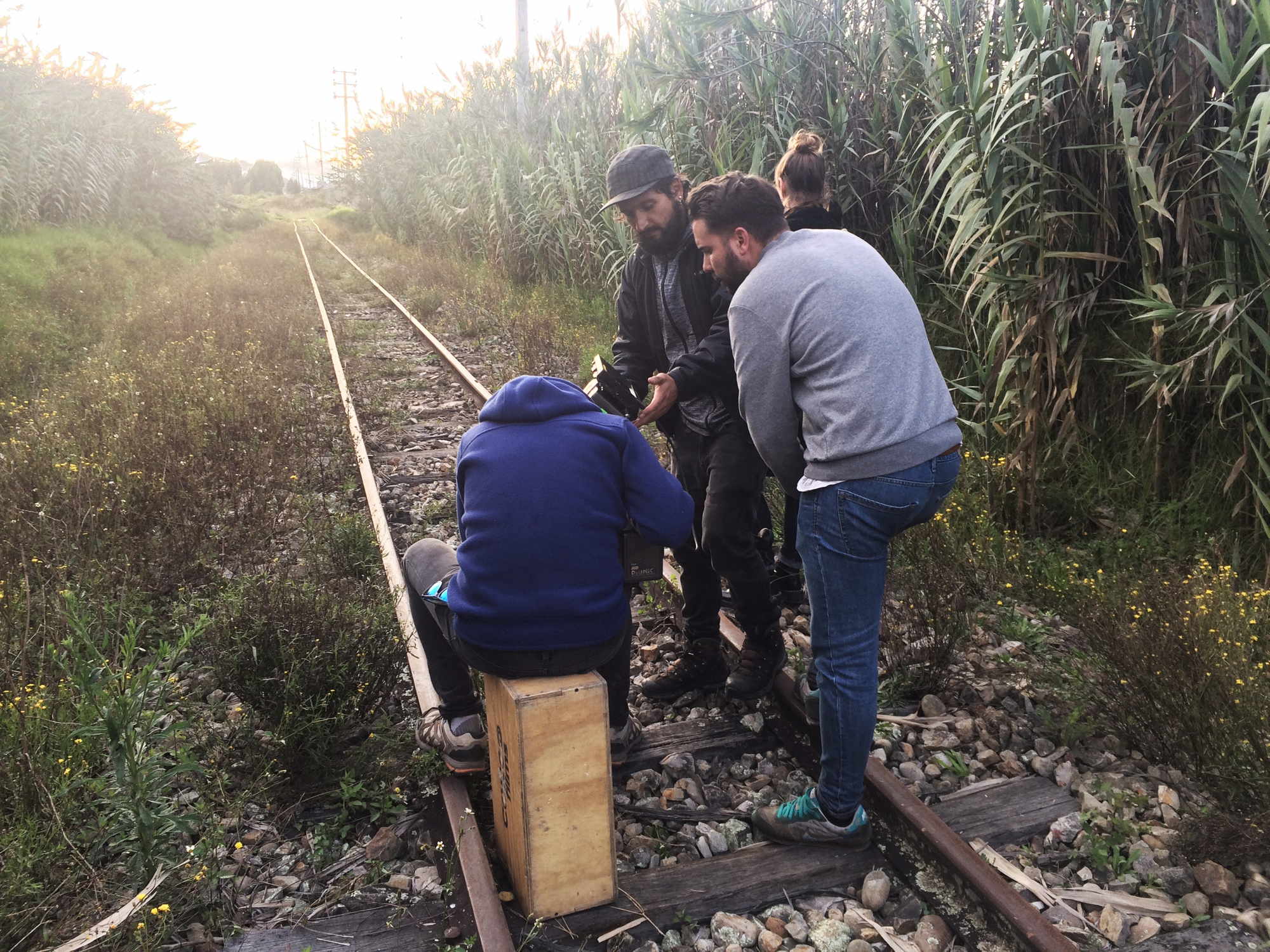

Once I developed the idea I spent around 8 months finding everything I needed. We used an Alexa XT camera with a Leica lens kit, which was provided by the rental house Congo Films. The piece was shot in Madrid and in Cundinamarca, a municipality of Colombia, but the idea and the intention was that the spectator could not identify the place of production and from my point of view is what we achieved.
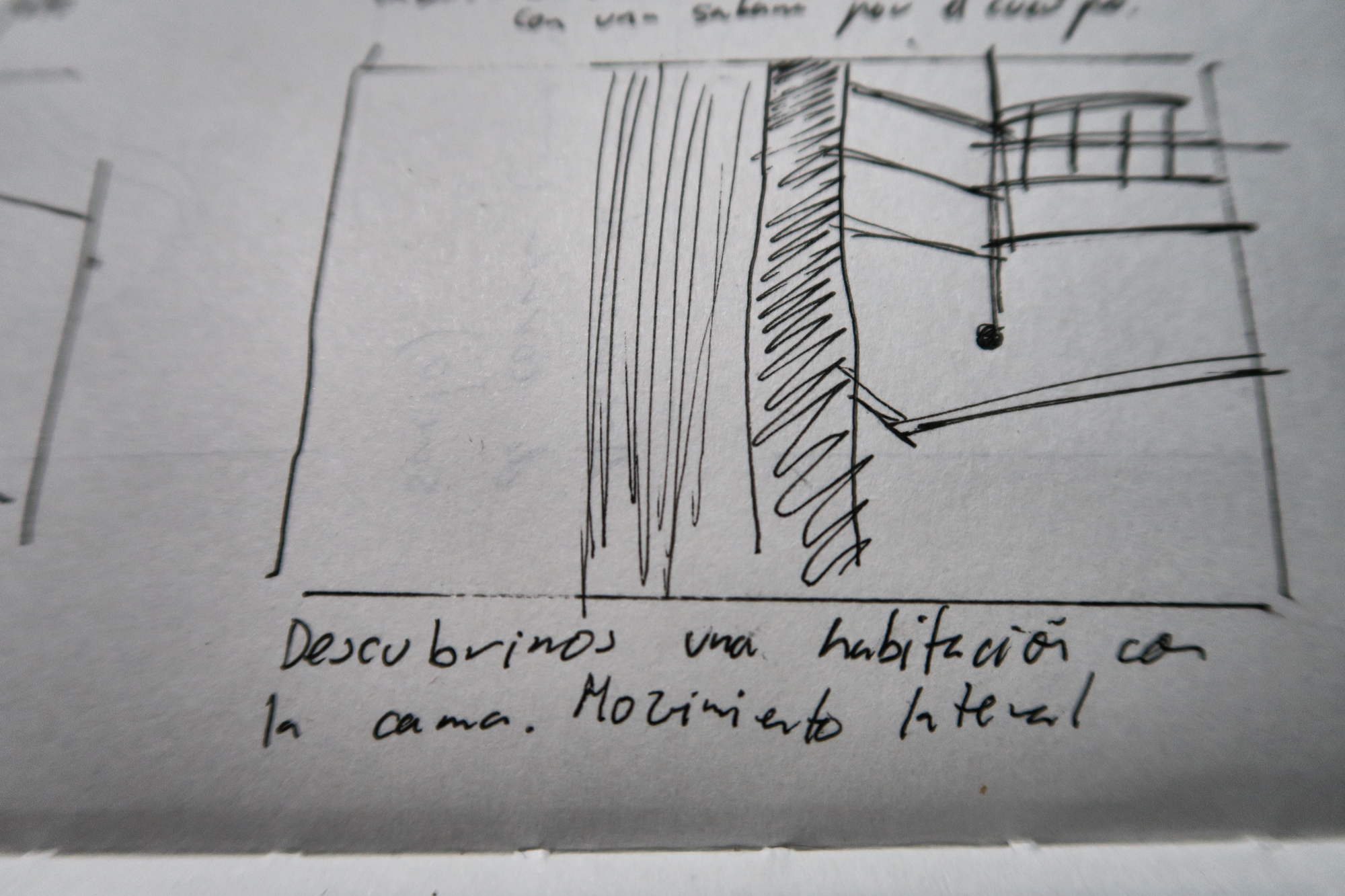
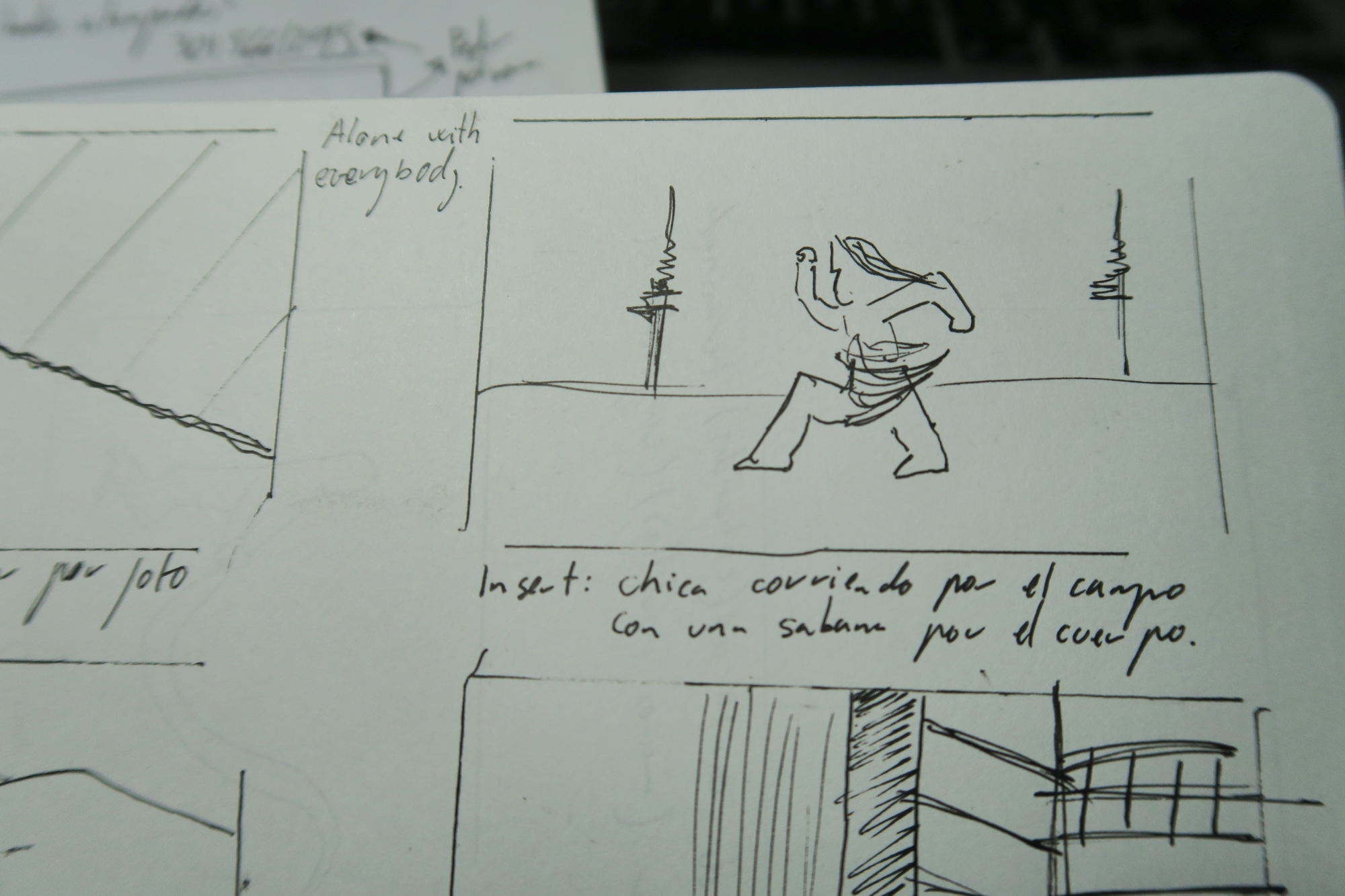
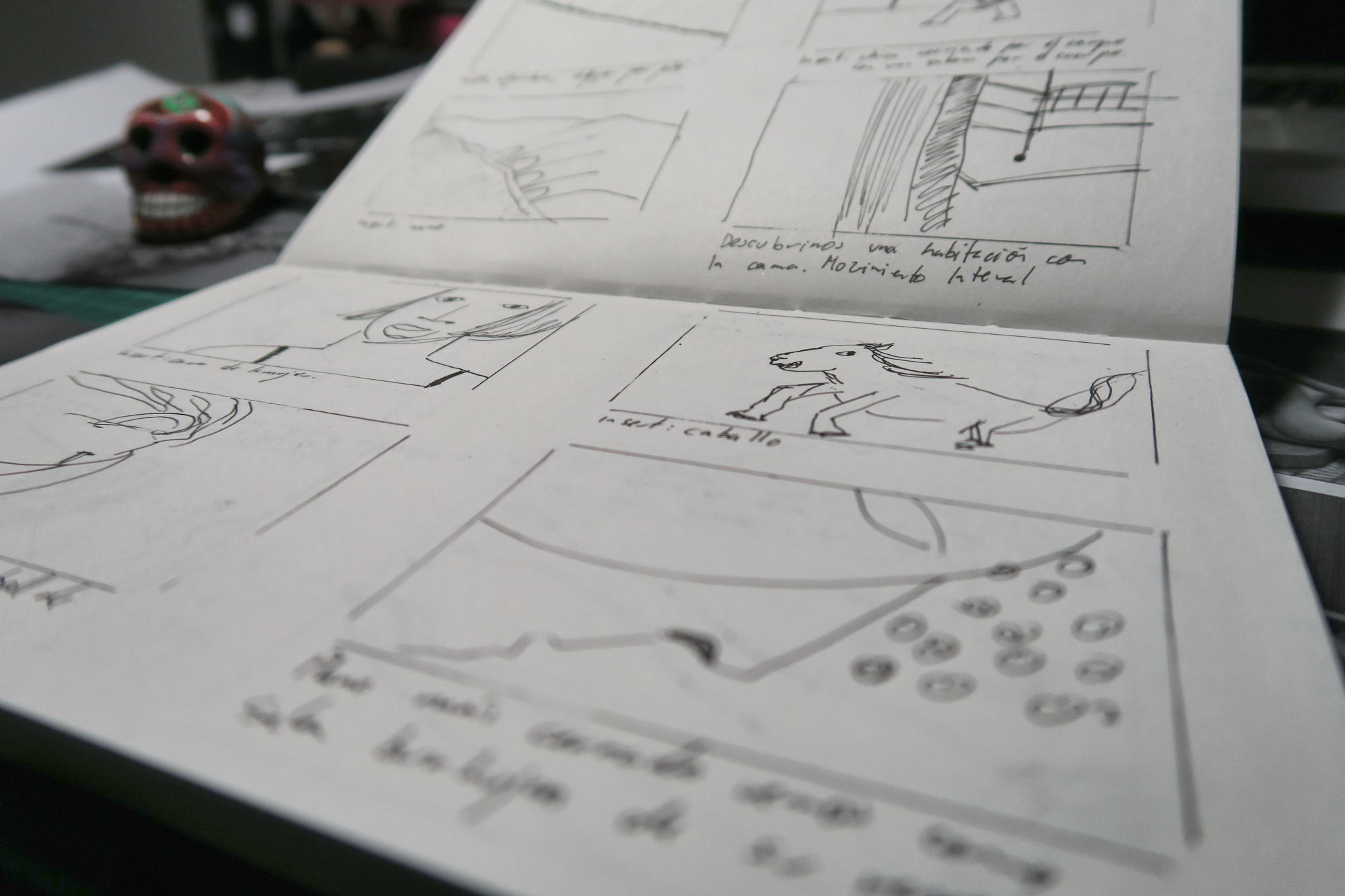
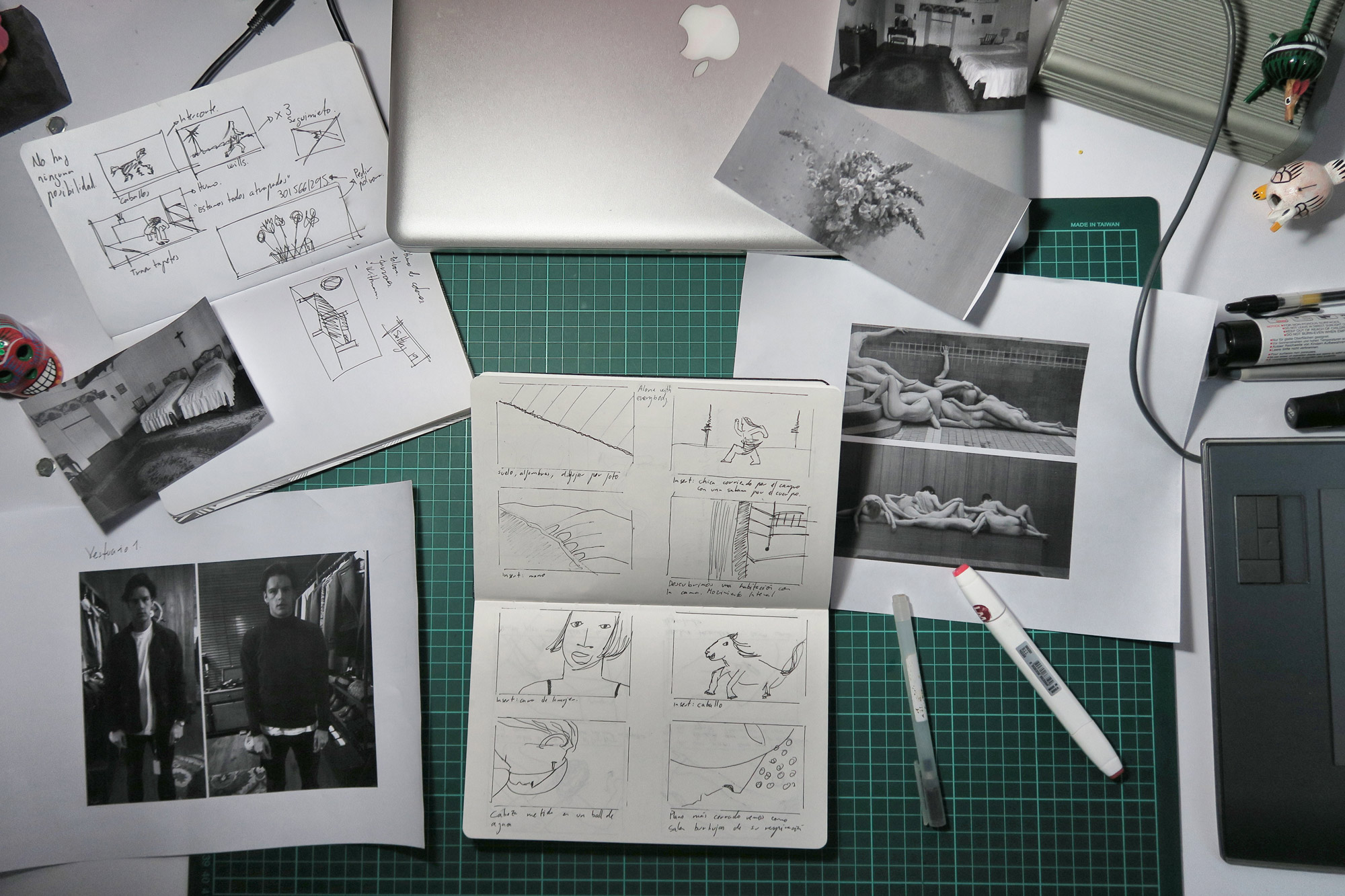
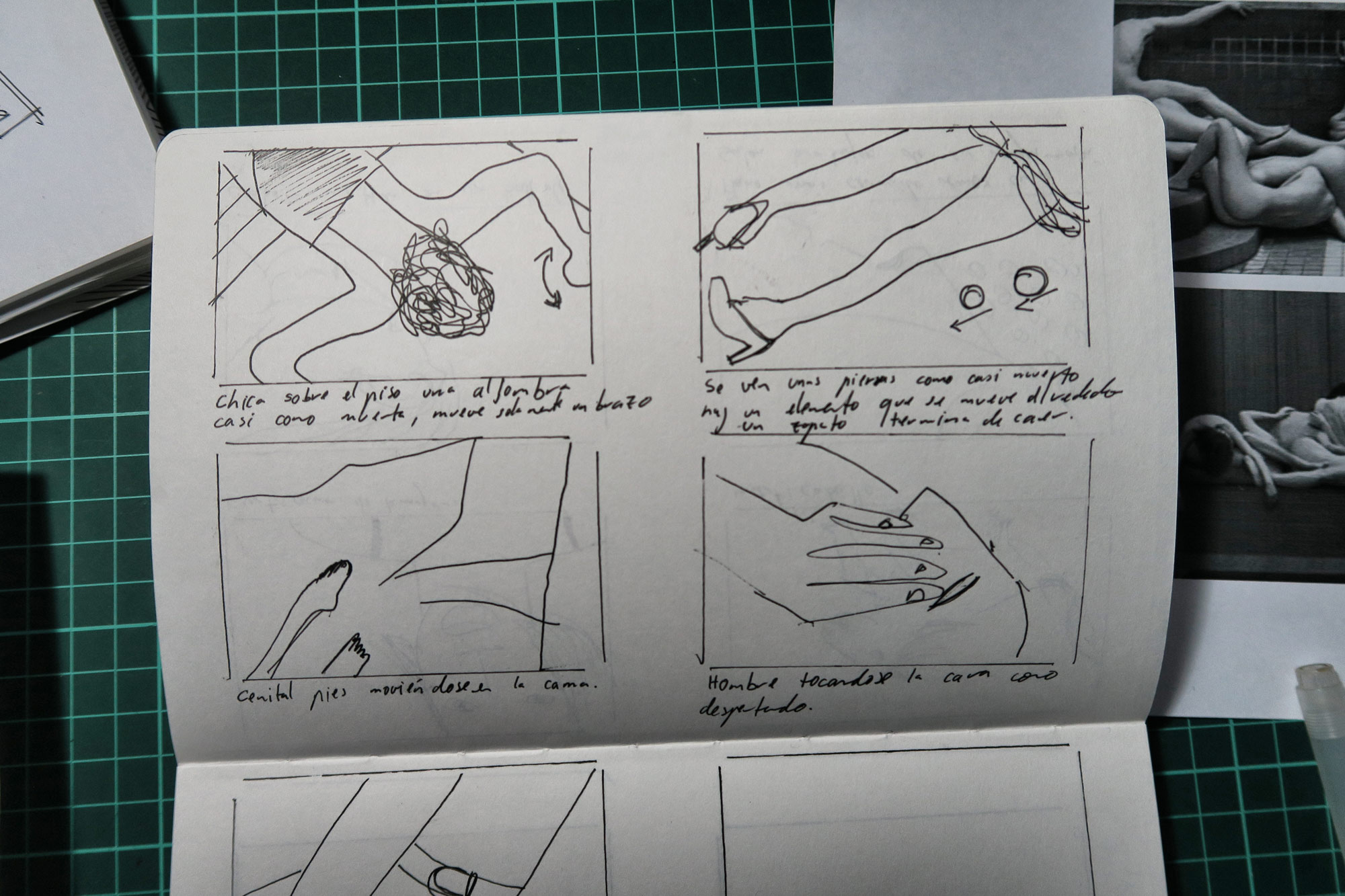


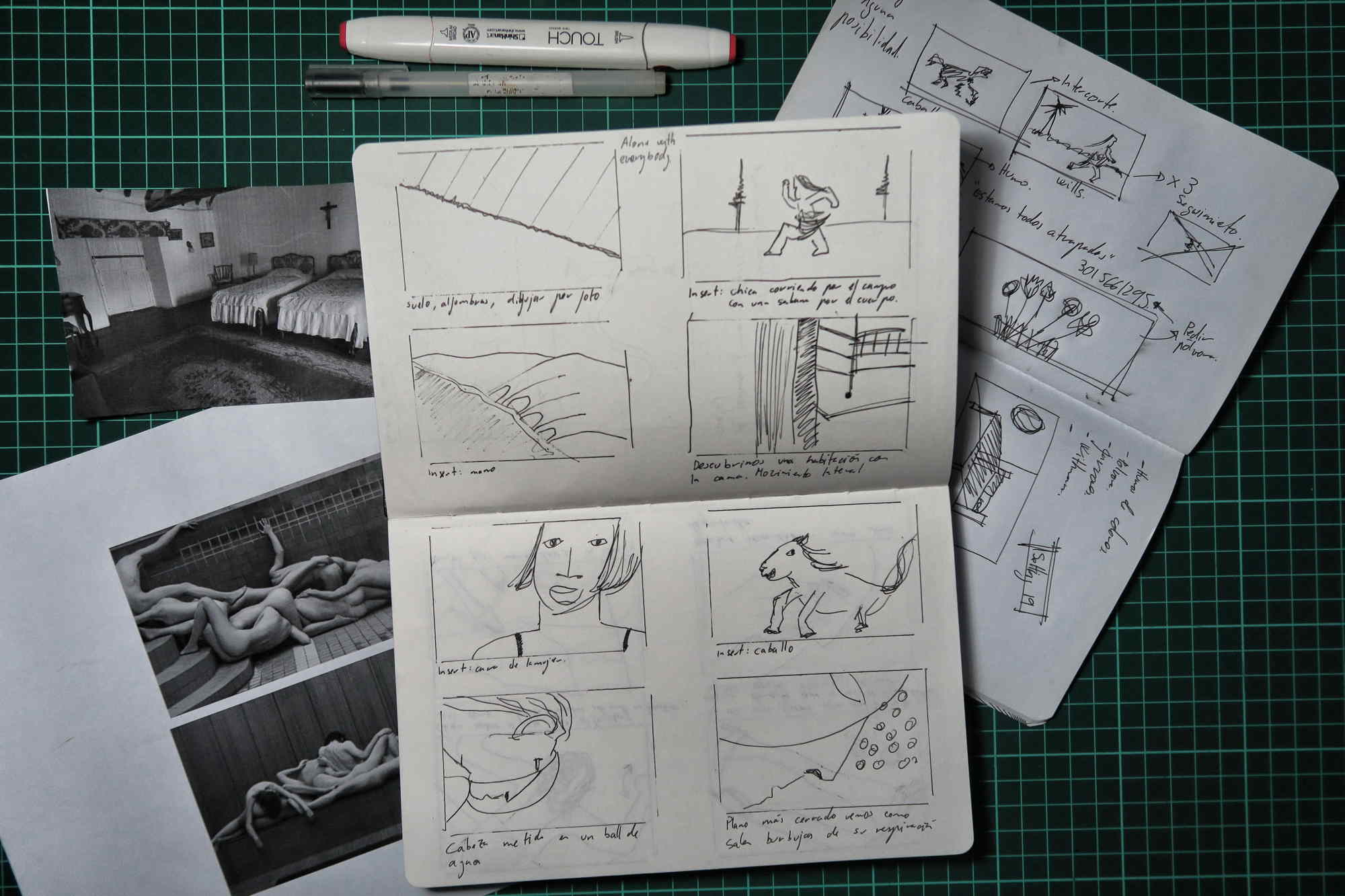
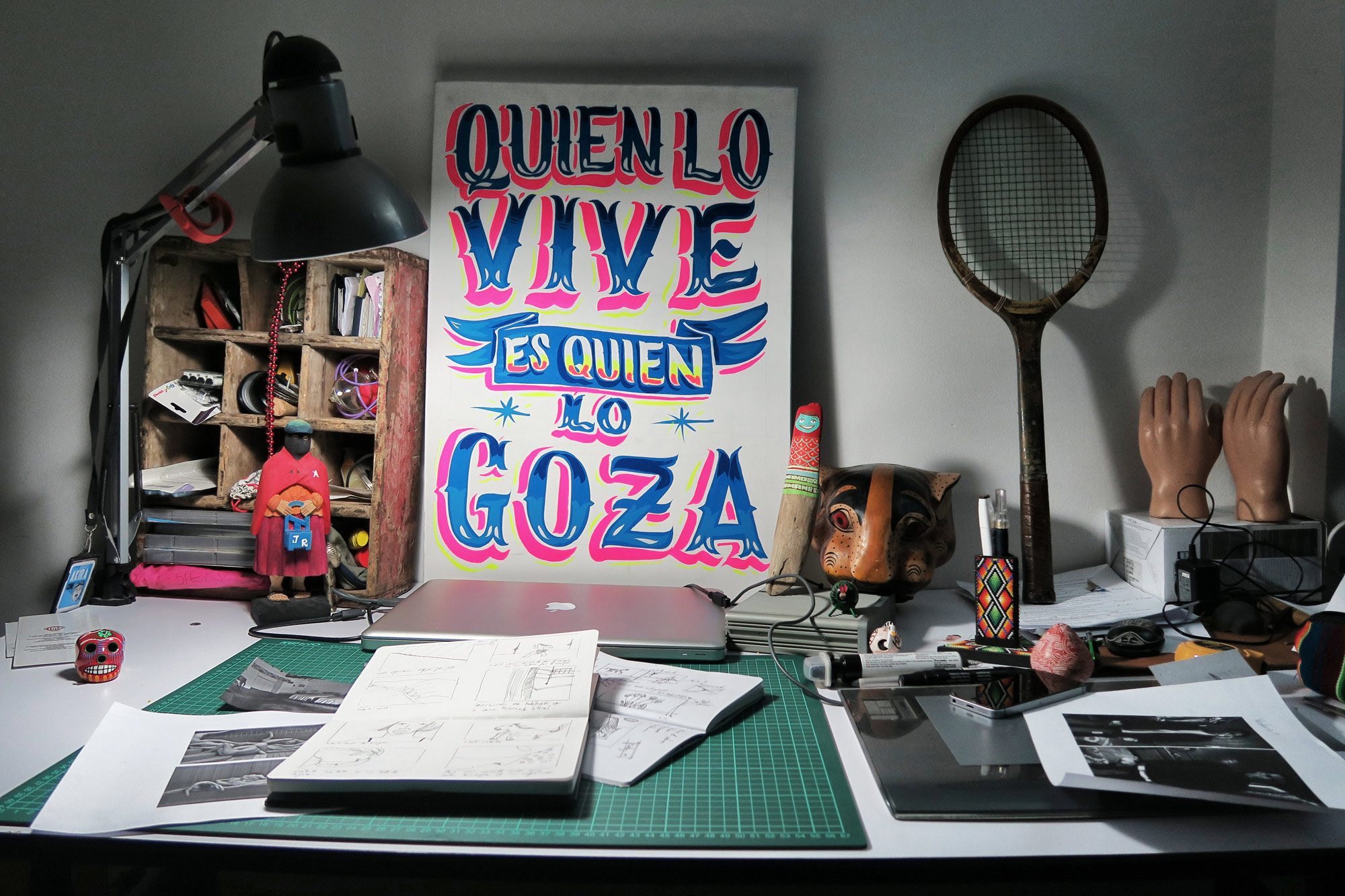
Everything was informed by the theme of the poem, which makes much reference to the sensorial, to the flesh. I decided to perform something very sensory, where the human body is sometimes treated as an object. For this vision I had in my head the photographer Evelyn Bencicova and her series Ecce Homo, which seems to me to be brutal and portrayed very well with the concept that I had in mind. I would have wished to have had more models in order to be able to pile up more people, but for logistical reasons it was too complicated to achieve.
What inspired the intermingling of dialogue fragments with the read poem for the film’s sound design?
The music and sound design to me is very important to create the correct atmosphere. In this case, I had to respect the poem but I decided to increase the atmosphere by adding some voices – like as if there are two people, a women and a man, who can feel the concept of the video poem. Besides, the topic of the poem speaks about a relationship between people and I felt that the piece needed something more besides the voiceover – like real voices speaking in their torment. I worked with a Santiango Rámirez (who did the music and the sound design) to achieve that.
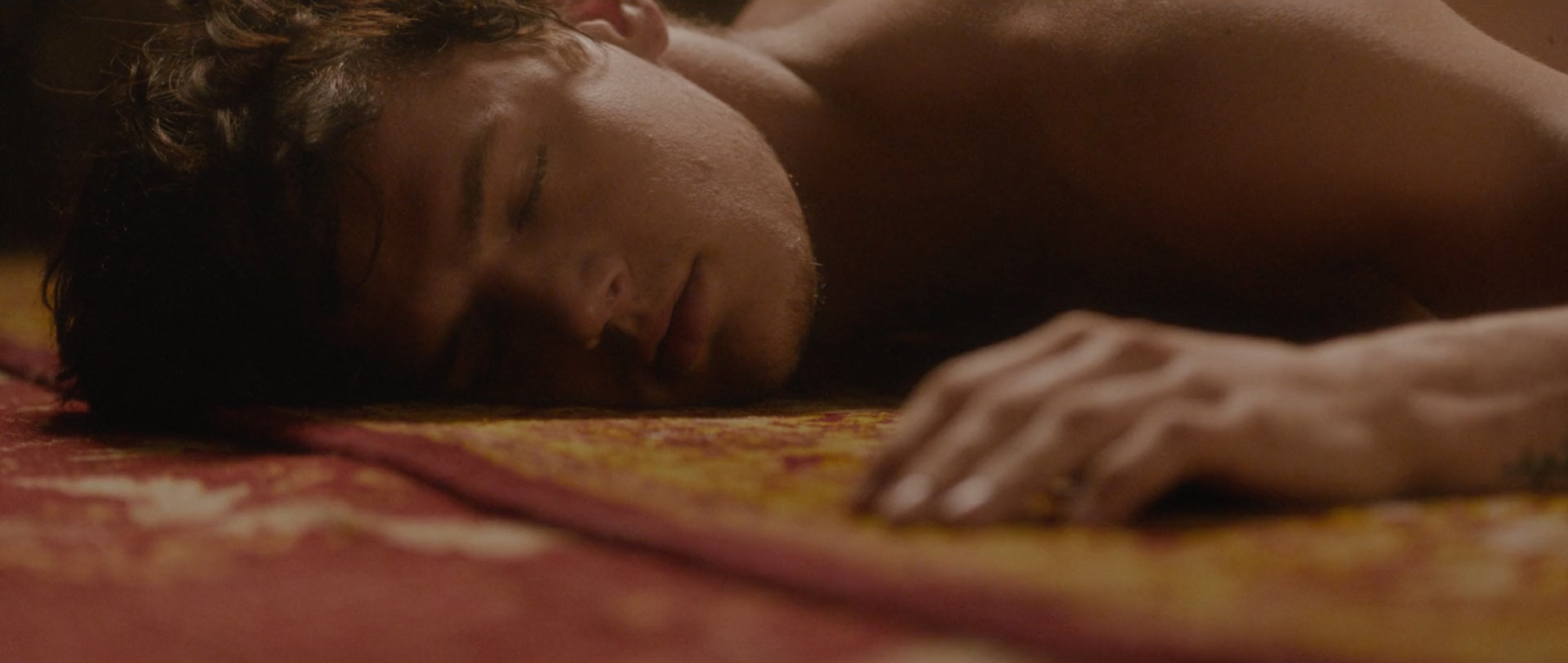
Given the freeform possibilities of this visual piece, how did you determine the final structure of the film?
During the initial process I like to change a lot of things – in the morning I think in one way and in the night in another… But once I have it locked down it feels strange to change anything. Alone With Everybody is a personal project, where I had the freedom to make what I really wanted, but I come from the advertising sector where I direct as well. In this sector everything is thought out beforehand, so I developed the structure before we filmed, therefore the final process is close to that structure. I also really love to use unexpected inserts in my films but those too were conceived before we shot.
Are you planning to return to the creative well of poetry for your next film?
Hmmm, I’m actually thinking about it. After 3 poems it is becoming something like a signature, “the filmmaker who make poems”, but I don’t know yet if I am going to make more or not.


